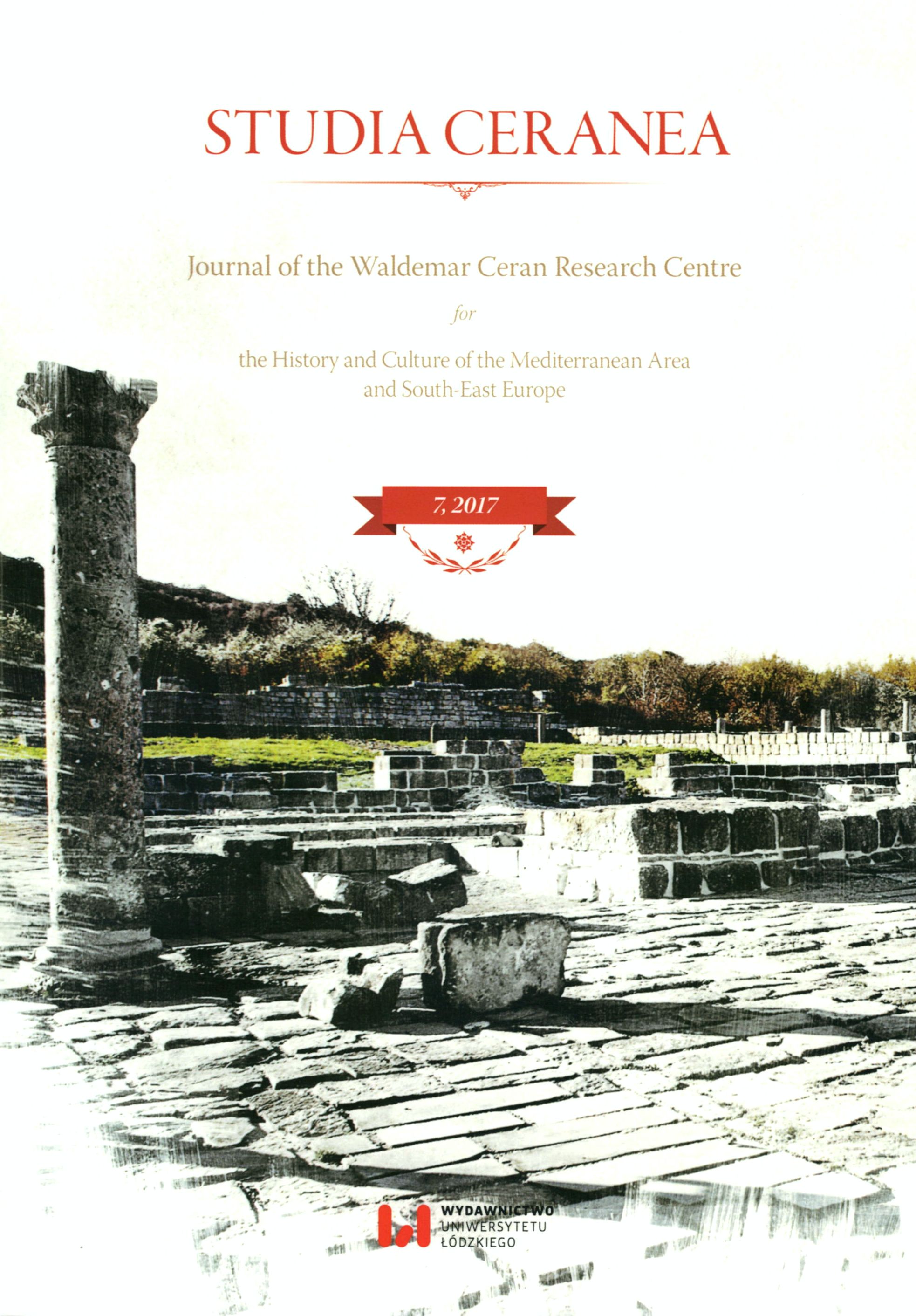The Synodikon of Orthodoxy in Medieval Bulgaria
The Synodikon of Orthodoxy in Medieval Bulgaria
Author(s): Anna-Maria TotomanovaSubject(s): Language and Literature Studies, Archaeology, Ancient World
Published by: Wydawnictwo Uniwersytetu Łódzkiego
Keywords: Synodikon of Orthodoxy; Palaeologan and Comnenian versions of the Synodikon; Bulgarian translations and versions of the Synodikon
Summary/Abstract: The paper compares the content and the structure of the three extant South Slavonic Synodika: Boril’s Synodikon as preserved in the so-called Palauzov copy of the 14th century (НБКМ№ 289); Drinov’s Synodikon (НБКМ № 432), previously considered to be a 16th century copyof Boril’s Synodikon, and the recently published South Slavonic Synodikon from the 16th century, kept in the library of the Romanian Academy of Sciences (BAR MS. SL. 307). The comparison issupported by a table showing the rubrics and their order in the three Synodika. It demonstrates that while Boril’s Synodikon is based on a translation of Comnenian version of the Synodikon of Orthodoxy, and while the South Slavonic Synodikon from Romania must be unequivocally attributed to the later Palaeologan version of the Greek text, the so-called Drinov copy represents a compilation of Boril’s Synodikon in its 14th version and the Palaeologan Synodikon. In fact, Drinov’s Synodikon contains all of the important interpolations and insertions of Boril’s Synodikon related to specifically Bulgarian circumstances and history, ranging from anti-Bogomilist anathemas to a list of Bulgarian rulers (comprising two historical accounts as well). Its initial part, however, follows the Palaelogan text preserved in BAR MS. SL. The unknown compiler obviously targeted a Bulgarian audience; in all likelihood, he was Bulgarian himself. Some textological features common to both Drinov’s and Palaelogan Synodikon suggest that the translated part of Drinov’s Synodikon and the Romanian Synodikon must have had a common antigraph. The latter fact allows us to conclude that the translation of the Palaeologan version of the Synodikon of Orthodoxy is an integral part of the tradition of the Bulgarian Synodikon; the presumed common antigraph was written in Bulgarian Tărnovo orthography, traces of which are found in Drinov’s text. As to the location of this translation, we can only speculate that it might have been completed in a monastic centre different than Tărnovoby the end of the 14th century.
- Issue Year: 2017
- Issue No: 7
- Page Range: 169-227
- Page Count: 59
- Language: English

